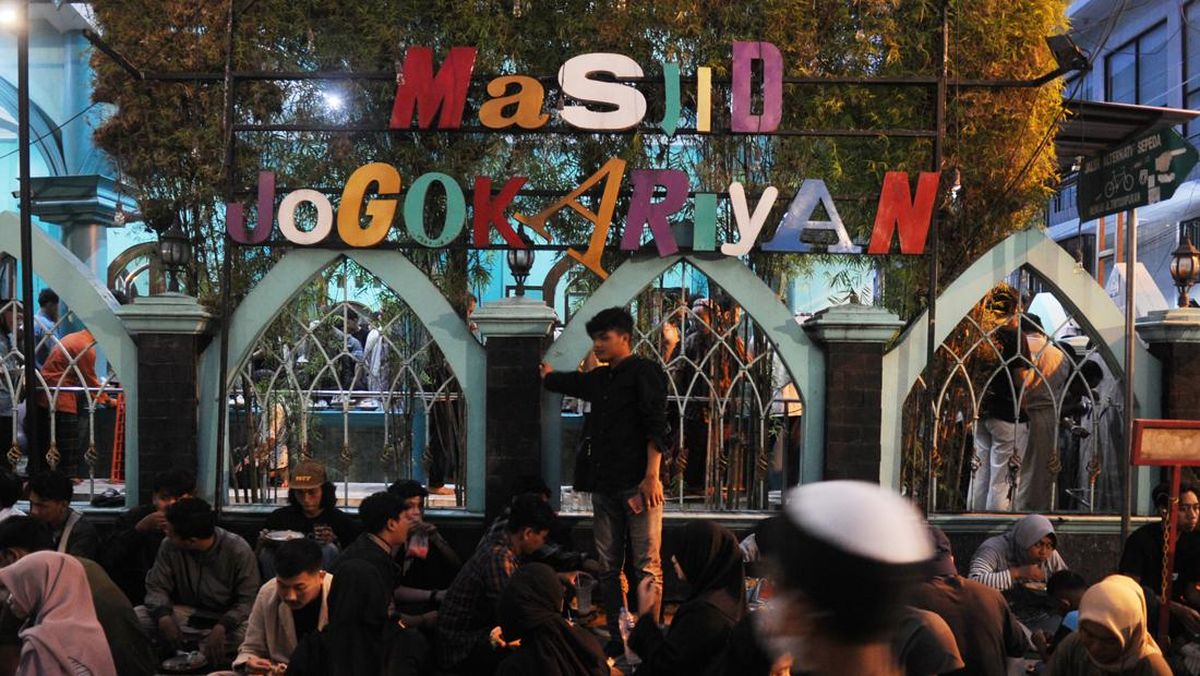The Louvre Museum in Paris, France, reopened to the public on Wednesday after a jewellery heist prompted a three-day closure.
During the robbery, a band of thieves broke into the French capital’s iconic museum and stole eight items of jewellery containing precious jewels from the Napoleonic era on October 19. The robbers are still at large, and the jewels have not been found.
Recommended Stories
list of 4 items- list 1 of 4Four-minute heist at the Louvre: How priceless jewels were stolen in France
- list 2 of 4Jewellery from Louvre perhaps “stolen to order”
- list 3 of 4Mona Lisa to the Nazis: Robbed often, why latest Louvre theft is different
- list 4 of 4Jewels stolen from Louvre museum in Paris valued at $102m: Prosecutor
Here is what we know so far about where the jewellery could be, whether it can be traced, and whether the robbers will be found.
What was stolen from the Louvre?
At 9:30am (07:30 GMT), a group of robbers used a truck-mounted ladder to reach the gilded Galerie d’Apollon (Apollo’s Gallery) on the second floor of the museum before taking an angle grinder to a window to access the French crown jewels. The heist took place around half an hour after the museum opened to the public.
The stolen articles were:
- A tiara from the jewellery set of Queen Marie-Amelie and Queen Hortense
- A necklace from the same duo’s sapphire jewellery set
- A single earring from the sapphire jewellery set
- An emerald necklace from a set belonging to Empress Marie-Louise
- A pair of emerald earrings from the Marie-Louise set
- A brooch known as the “reliquary” brooch
- The tiara of Empress Eugenie
- A large brooch of Empress Eugenie
The robbers also stole a ninth item, the crown of Empress Eugenie, wife of Napoleon III. But it was recovered nearby, thought to have been dropped by the thieves, according to the French Ministry of the Interior.
How much are the stolen items worth?
The haul of jewels is worth an estimated 88 million euros ($102m), Paris public prosecutor Laure Beccuau told RTL radio on Tuesday.
“It is important to remember that this damage is an economic damage, but it is nothing compared to the historical damage caused by this theft,” Beccuau said.
 Sets of jewelry, including the crown, tiara, and large bodice bow of Empress Eugénie, on display at the Louvre Museum on October 21, 2023 in Paris, France. The Louvre reopened its doors to visitors in Paris on October 22, 2025, three days after thieves stole jewels worth around 88 million euros ($102m) in a daring daytime heist [Zhang Mingming/VCG via Getty Images]
Sets of jewelry, including the crown, tiara, and large bodice bow of Empress Eugénie, on display at the Louvre Museum on October 21, 2023 in Paris, France. The Louvre reopened its doors to visitors in Paris on October 22, 2025, three days after thieves stole jewels worth around 88 million euros ($102m) in a daring daytime heist [Zhang Mingming/VCG via Getty Images]Why is this heist different from previous robberies at the museum?
This is not the first time the Louvre has been robbed. However, previous robberies have mostly involved the theft of paintings – for example, the Mona Lisa, which was stolen in 1911 – rather than jewels.
“A jewellery theft is a very different thing to consider because of the high intrinsic value of the object stolen,” American art historian Noah Charney told Al Jazeera on Tuesday.
“A painting doesn’t have a high intrinsic value because it’s usually made of panel and pigment, and canvas and nothing more. Whereas jewellery has a high intrinsic value because if you break down what was stolen and sell the components, the value is still significant,” Charney explained.
Where could the jewels be now?
The jewels are most likely still in France, Dutch art historian Arthur Brand told Al Jazeera.
They could be sold on the black market, but this would reduce their value because of the high risk associated with being in possession of them.
“They are very ‘hot’ and the price on the black market will be way below the regular market,” Brand said, estimating that the black-market prices would be between 10 and 30 percent of their value. This means the $102m jewels could sell at between $10.2m and $30.6m on the black market.
Charney said the thieves will not need to go to the black market at all if the jewels are recut significantly and no longer identifiable. However, re-cutting gems also reduces their value. If a thief tries to re-cut an antique diamond to a modern shape, they may lose some of the diamond’s size and value.
Corinne Chartrelle, a former officer with the French Police’s unit for cultural property trafficking, told Reuters that the stolen jewels could ultimately be sold in major diamond markets such as Antwerp in Belgium, where some buyers may not care about their origins.
Alternatively, “they might try to sell the jewels in countries like India, Israel or Dubai,” said Brand.
Will the thieves be caught?
“The thieves will get caught for sure. Recovering the jewels is 50 percent – depends on the time it will take to arrest the thieves,” Brand said.
Public prosecutors have tasked the BRB (Brigade de Repression du Banditisme – or the Banditry Repression Brigade), a specialised Paris police unit experienced in handling high-profile thefts, with investigating the heist.
Former police officer Pascal Szkudlara, who previously worked in the BRB, told Reuters that the unit is experienced in such cases, and handled the 2016 Paris theft of media personality Kim Kardashian’s engagement ring, worth $4m. Szkudlara said he was “100 percent” confident that the thieves would eventually be caught.
Police are expected to review surveillance camera footage going back weeks in an attempt to identify suspicious people in and around the premises.
However, time is limited because if the jewels are recut, they will never be returned to their original form, even if the thieves are caught.
Have there been other robberies in European museums recently?
The Louvre robbery comes amid a recent spate of jewellery thefts from other museums in Europe. Recent incidents include:
September 2025: Museum of Natural History, France
On September 30, a 24-year-old Chinese woman was arrested in Barcelona after stealing six gold nuggets from the Museum of Natural History in Paris. The gold nuggets were worth about 1.5 million euros ($1.74m).
The woman was arrested while trying to dispose of melted gold – it is unclear who may have melted it. The museum’s alarms and security system had been disabled in a cyberattack, but it is also unclear whether the thieves were the ones behind the cyberattack or whether the theft was opportunistic.
January 2025: Drents Museum, Netherlands
In late January, thieves stole four artefacts including three gold bracelets and a gold helmet that was estimated to be around 2,500 years old from the Drents Museum in Assen, northeast Netherlands.
The artefacts were part of an exhibit on the Dacians, an ancient society that once inhabited the land that is now Romania.
In late July, the Dutch Public Prosecution Service (PPS) announced that the investigation into the heist had concluded and three suspects had been identified. The suspects have been arrested and formally indicted, Dutch media reported. Their latest hearing was on October 16 at a court in Assen.
The PPS did not give information about where the stolen items are located. In an update on May 9, it said it believed they had not been melted down and that the main suspects still had possession of them. “There is currently no information about whether there was an external client behind the theft,” the PPS said.
May 2024: Ely Museum, UK
On May 7, a gold torc and gold bracelet, dating back to the Bronze Age, were stolen from the Ely Museum, Cambridgeshire, in the United Kingdom.
Later that month, independent charity Crimestoppers offered a 5,000-pound ($6,671) reward for information leading to the conviction of the thieves. There have not been updates on whether the thieves have been caught or the stolen items recovered.
November 2022: Celtic and Roman Museum, Germany
Thieves stole 483 ancient gold coins from the Celtic and Roman Museum in Manching, Bavaria. An official estimated that the coins were worth $1.7m, the New York Times reported at the time.
In July this year, three men were convicted of the theft and sentenced to prison for up to 11 years. Most of the stolen coins remain unrecovered, however. Investigators did find lumps of gold on one suspect during his arrest, which indicated that some or all of the coins might have been melted down.

 7 hours ago
3
7 hours ago
3











































